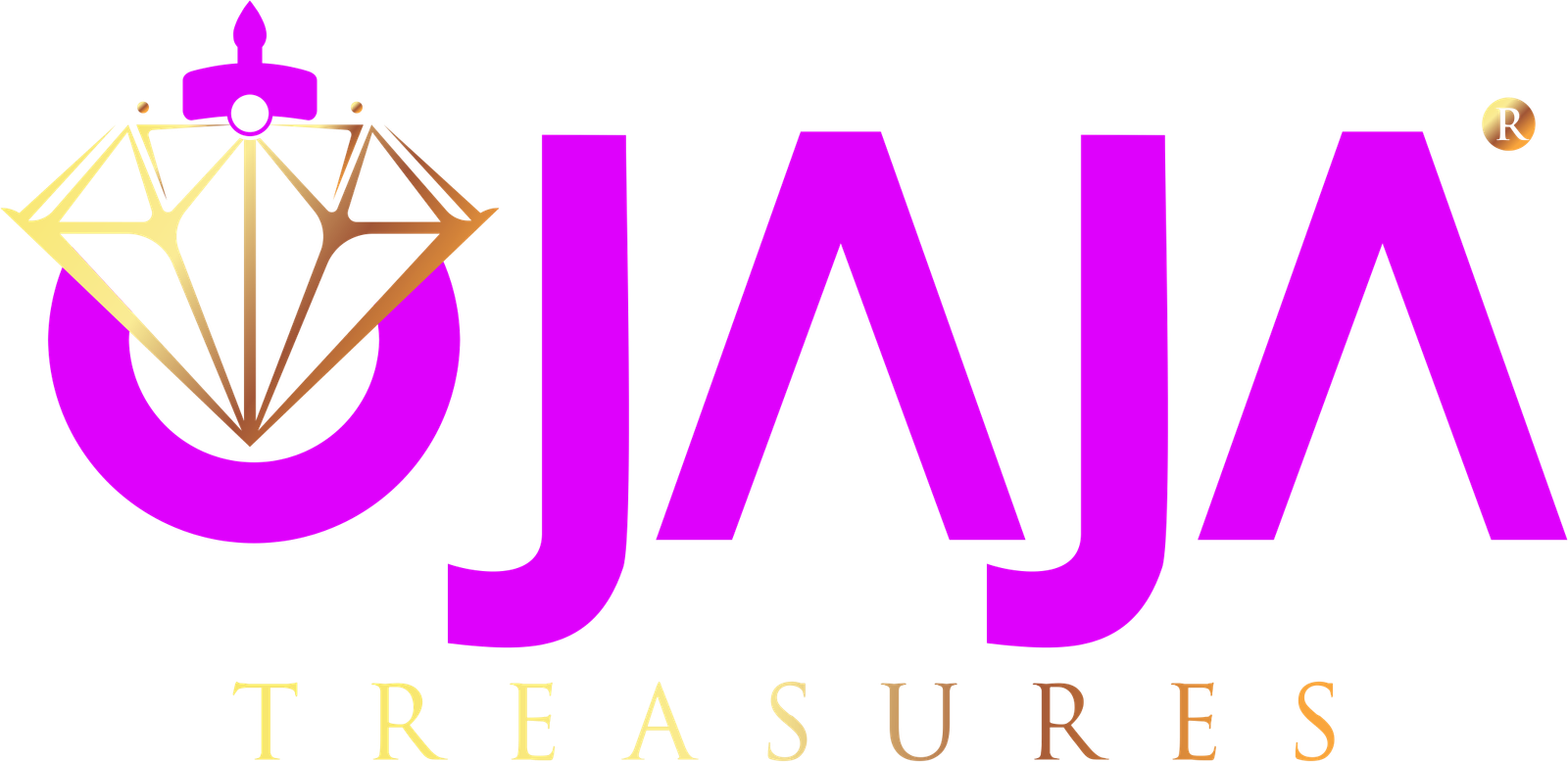Topaz—Beauty That Shines Beyond Color
Topaz, a striking silicate of aluminum and fluorine (Al₂SiO₄(F,OH)₂), ranks at 8 on the Mohs hardness scale, making it one of the hardest and most durable gemstones available ([turn0search12]).
Its natural palette spans from colorless and white to blue, yellow, pink, brown, green, orange, and red. While heat and irradiation treatments can intensify blues, pinks, and greens, Nigeria yields beautiful natural tones in its own right—colorless, pale blue, and even golden-hued stones that catch the eye ([turn0search12]; also see local sourcing below).
Topaz’s luster, clarity, and resilience make it a favorite for jewelry and an admired “diamond substitute” in many crafting circles.
Nigeria’s Topaz in the Global Gem Narrative
Nigeria holds a prominent place in the world of topaz. As detailed in geological studies, the country’s gemstone repertoire includes topaz among other prized stones like tourmaline, sapphire, emerald, and zircon. These gems are mined from both primary and alluvial sources tied to granitic pegmatites and Younger Granite formations ([turn0search0]).
Where Topaz Glitters in Nigeria
Topaz-bearing regions in Nigeria include:
- Nasarawa State: especially in Rafin Gabas, Jenta, and Akwanga—noted for white to pale blue topaz occurring alongside aquamarine in biotite granite settings ([turn0search0]).
- Plateau State (Jos, Jarawa): active mining regions yielding clear and glistening forms of the gemstone ([turn0search0]).
- Additional deposits across Oyo, Bauchi, Kaduna, Kebbi, and Oyo States, attesting to Nigeria’s wide geographic spread of topaz resources ([turn0search0]; also confirmed in broader state listings: [turn0search5]).
Indeed, local forums have celebrated Nigeria as one of the largest producers of topaz globally, though documentation and official reporting remain limited

